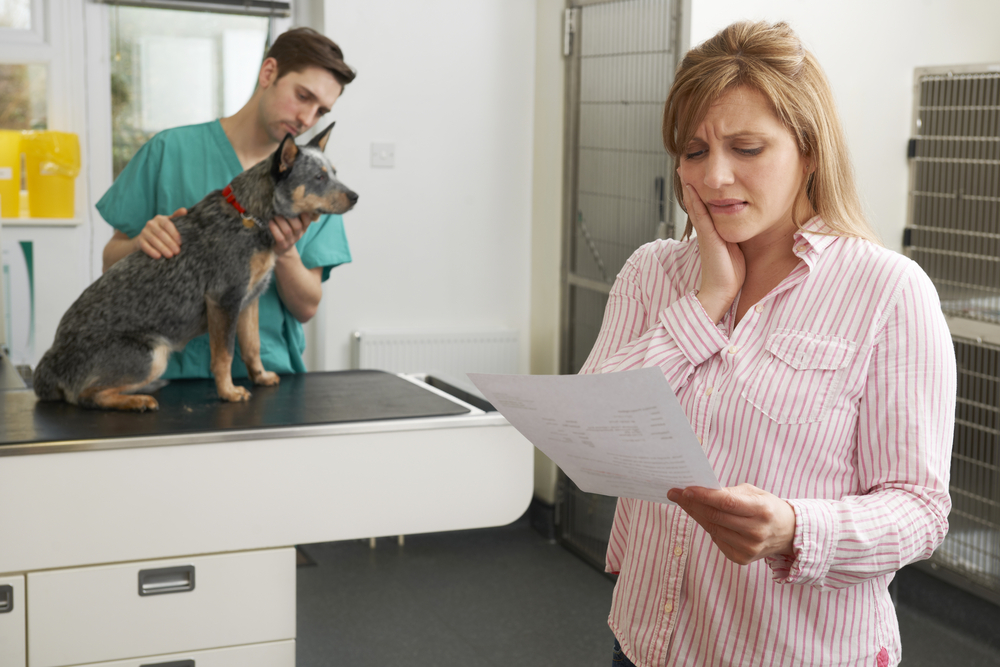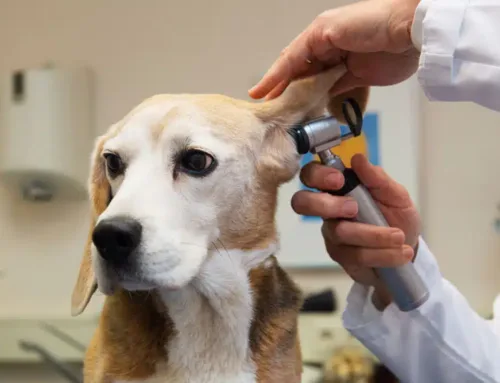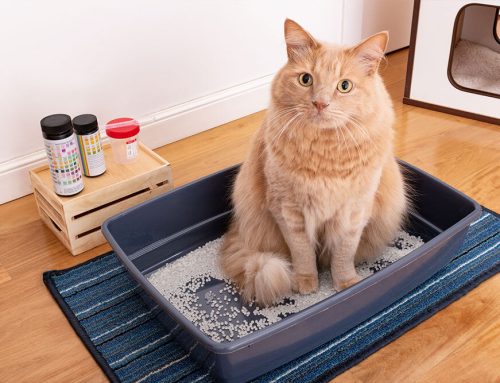You may wish your pet came with a health and safety guarantee, but life is full of uncertainties, such as unexpected illnesses or injuries, which might tempt you to cover your pet in bubble wrap and keep them at home. But as a responsible pet owner, you should be prepared—mentally, physically, and financially—for the unexpected. Pet insurance can financially protect you from unplanned veterinary care expenses and ensure your pet receives the care they need. As you begin researching pet insurance plans, read our Fairfax Veterinary Clinic team’s tips to learn about plans’ important details.
DO research multiple pet Insurance providers and plans
The many pet insurance plan options can be confusing when you are trying to choose the plan that is best for your pet and you. No two pet insurance plans are alike, so research your options to understand a plan’s benefits. Begin by learning the answers to the following questions:
- Does my pet qualify? — Determine whether your pet qualifies for an insurance plan’s coverage.
- Does this plan cover my pet’s needs? — Determine whether a plan covers your pet’s needs by considering their:
- Medical history — Does your pet have a pre-existing condition?
- Personality — Is your pet mischievous and curious—prone to accidental injury?
- Genetic predisposition — Is your pet’s breed predisposed to genetic health conditions?
- What does the plan cost? — Determine the amount you can afford to pay for a monthly premium.
Once you have completed your initial pet insurance company research, determine the insurance coverage type that is best for your pet. Most pet insurance companies offer the following coverage options:
- Accident-only coverage — Covers accidental injuries (e.g., broken bones, foreign-object ingestion) and other medical conditions.
- Illness and accident coverage — Usually covers diagnosis and treatment costs for conditions such as cancer, endocrine disorders, and some orthopedic injuries.
- Wellness coverage riders — Can be added to most accident and illness plans, and may cover preventive services, such as:
- Annual wellness exams
- Vaccinations
- Routine blood work
- Spay and neuter procedures
- Dental cleanings
- Flea, tick, and heartworm prevention and testing
Before you sign on a pet insurance policy’s dotted line, research each coverage option carefully to determine the option that is best for your pet and your pocketbook. To clarify specific policy language, ensure you contact the insurance company directly. Know the exact veterinary health services the plan covers.
DON’T assume your pet’s condition will be covered
Once you become familiar with an insurance company’s coverage options, you should also find out which health conditions the plan excludes before purchasing your pet’s insurance policy. For example, most pet insurance plans do not cover pre-existing conditions—any health-related disorder diagnosed before the insurance coverage takes effect, including conditions your pet develops before or during the policy’s waiting period. If your pet has a pre-existing condition, the pet insurance company may still cover your pet after they have been symptom-free for a specific period.
Before choosing a pet insurance plan, find out which pre-existing conditions a company excludes. Remember, some insurance companies consider breed-specific conditions pre-existing, and will not cover those conditions. Some pet insurance companies refuse to cover dog breeds they deem aggressive. In addition, an insurance company may decline your pet’s coverage for reasons other than a pre-existing condition, such as your pet’s age, making senior pets ineligible for first-time enrollment or certain coverage plans.
DON’T wait until your pet is older
Because most pet insurance plans do not cover pre-existing conditions, the best time to buy pet insurance is when your pet is young and healthy. Most pet insurance companies cover pets as young as 8 weeks of age. You may want to research your pet’s coverage options before you bring them home.
DO ask about reimbursement

Once you begin paying monthly premiums, you want to ensure your insurance company pays you back after your pet receives covered veterinary care. When researching pet insurance companies, ensure you determine whether their reimbursement policy is right for you. You may prefer that the insurance company pays your veterinary care provider directly, or you may be fine with paying for your pet’s care upfront, filing a claim, and having your insurance company reimburse you. Pet insurance companies offer one of two claims payment methods:
- Direct pay — Some pet insurance companies make full or partial payments directly to the veterinarian, so you avoid paying out of pocket or filing a reimbursement claim.
- Reimbursement — Some pet insurance companies require you to pay your pet’s provider in full, and file a reimbursement claim. After processing your claim, the insurance company reimburses you via direct deposit or check.
Pets add so much love and excitement to our lives. But when life throws a curveball, pet insurance can make your pet’s life-saving care affordable. To discuss your pet insurance-related questions, contact our Fairfax Veterinary Clinic professionals to discuss the options that are best for your pet’s needs and your pocketbook.








Leave A Comment